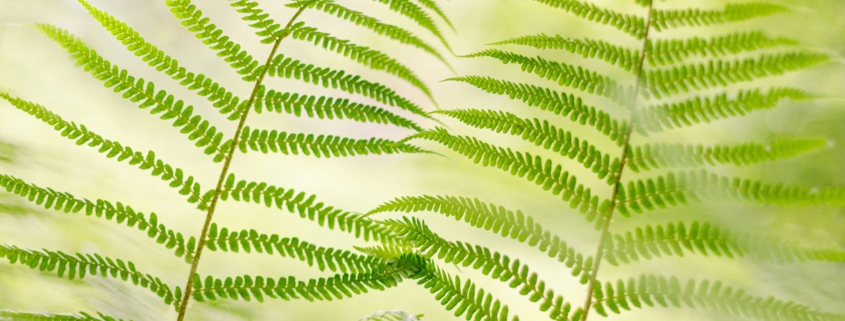The Rise of Menstrual Cups and Eco-Friendly Period Solutions
The Rise of Menstrual Cups and Eco-Friendly Period Solutions
Over the past decade, the conversation around menstrual health has undergone a much-needed transformation. Once cloaked in stigma and silence, periods are now discussed more openly, empowering people who menstruate to seek better, healthier, and more sustainable solutions. One of the biggest shifts we’re seeing? The rise of menstrual cups and other eco-friendly period products.
Breaking Down the Basics: What Are Menstrual Cups?
Menstrual cups are small, flexible cups made from medical-grade silicone, rubber, or elastomer that are inserted into the vagina to collect menstrual fluid. Unlike tampons and pads, which absorb blood, menstrual cups hold it, offering longer protection — often up to 12 hours at a time. They come in various sizes and shapes to fit different body types and flows.
Why Are Menstrual Cups Becoming So Popular?
Several factors are fueling the surge in menstrual cup adoption:
- Sustainability: A single menstrual cup can last up to 10 years with proper care. That’s a major reduction in the waste generated by disposable pads and tampons, which can take hundreds of years to decompose.
- Cost-Effectiveness: Though a good-quality cup might cost $20–$40 upfront, it’s a one-time purchase that quickly pays for itself compared to the monthly expense of disposable products.
- Health Benefits: Menstrual cups are free from harmful chemicals, dyes, and fragrances often found in conventional tampons and pads. They also carry a lower risk of toxic shock syndrome (TSS), although good hygiene practices are still crucial.
- Convenience: Longer wear time means fewer bathroom trips, which is especially appealing for travelers, athletes, and those with busy lifestyles.
Eco-Friendly Period Solutions Beyond the Cup
While menstrual cups are leading the charge, they’re just one part of a larger movement toward greener period care:
- Reusable Cloth Pads: These washable pads come in various sizes and styles and can last several years with proper care.
- Period Underwear: Designed with built-in absorbent layers, period panties can replace or supplement other period products.
- Organic Tampons and Pads: For those who prefer disposables, organic options made from cotton (without plastic applicators or harmful chemicals) are a more eco-conscious choice.
- Biodegradable Pads: Brands are innovating pads made from natural fibers like banana fiber, bamboo, and corn, offering a compostable alternative to traditional plastic-laden products.
What’s Driving This Shift?
The rise of eco-friendly period products is a beautiful collision of environmental consciousness, health awareness, and feminist activism. Younger generations, particularly Gen Z and Millennials, are driving demand for products that align with their values — sustainability, bodily autonomy, and transparency from brands. Social media has amplified the conversation, destigmatizing periods and showcasing alternatives that were once fringe.
Additionally, many NGOs and startups are working to make reusable products accessible in low-income communities, where period poverty remains a pressing issue. The idea is simple but revolutionary: by providing long-lasting, affordable solutions, we can tackle both environmental degradation and menstrual inequity.
Challenges Ahead
Despite their advantages, eco-friendly period products still face barriers:
- Access and Affordability: The upfront cost can be a hurdle, especially for marginalized groups.
- Education: Proper insertion, cleaning, and removal techniques for menstrual cups, for example, require guidance and practice.
- Cultural Stigma: In some cultures, virginity myths and taboos around menstruation still discourage internal products like menstrual cups.
Overcoming these challenges will take continued advocacy, education, and policy changes. But the momentum is undeniable.
The Future is Green and Period-Positive
Periods are a natural part of life, and it’s exciting to see a future where period care is healthier, more sustainable, and more dignified. Menstrual cups and eco-friendly products represent not just innovation, but a cultural shift toward greater respect for our bodies and our planet.
The message is clear: caring for yourself and caring for the Earth can go hand-in-hand — and it can start with something as simple as rethinking your period products.




